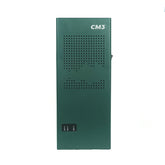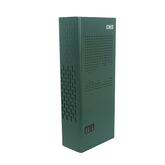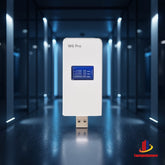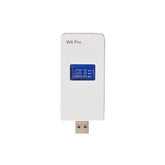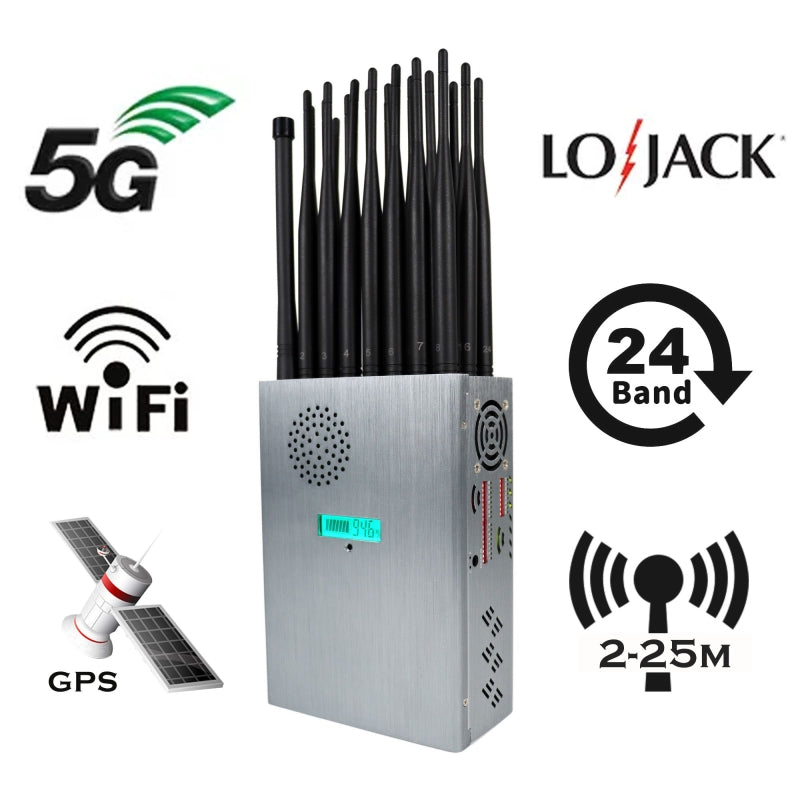Cell phone signal jammer failed? These could be the reasons!
Equipment failure: Cell phone signal jammers can fail due to damage or aging of internal components. Regular inspection and maintenance of the device is necessary to ensure it is functioning properly.
Frequency mismatch: If the signal jammer is not optimized for all communication bands currently in use, it may result in incomplete or ineffective shielding. Make sure the signal blocker supports and is updated to the latest frequency standards.
Insufficient power: In large or complex areas, the signal jammer may not have enough power to cover the entire area. Consider upgrading to a higher-power device or increasing the number of signal jammers.
External interference: Strong external electromagnetic interference may affect the performance of the signal jammer. Try repositioning the jammer or using shielding materials to reduce interference.
Incorrect installation location: The installation location of the signal jammer is critical to its effectiveness. Make sure the device is placed in a location that maximizes coverage of the target area and avoids obstacles.
Software or firmware issues: Bugs or outdated software or firmware may cause the signal jammer to fail. Check for and install the latest software updates or firmware patches.
Battery or power supply issues: If the signal jammer relies on batteries or external power, make sure the power is sufficient and the connection is stable. A dead battery or power failure can cause the device to stop working.
Environmental changes: New building structures or added wireless devices may change the signal propagation characteristics and affect the shielding effect. Reassess the environment and adjust the shielding strategy.
Cell phone signal jammer failure may be caused by a variety of factors. By carefully checking and eliminating the above possible causes, the performance of the signal jammer can be effectively restored or improved.


